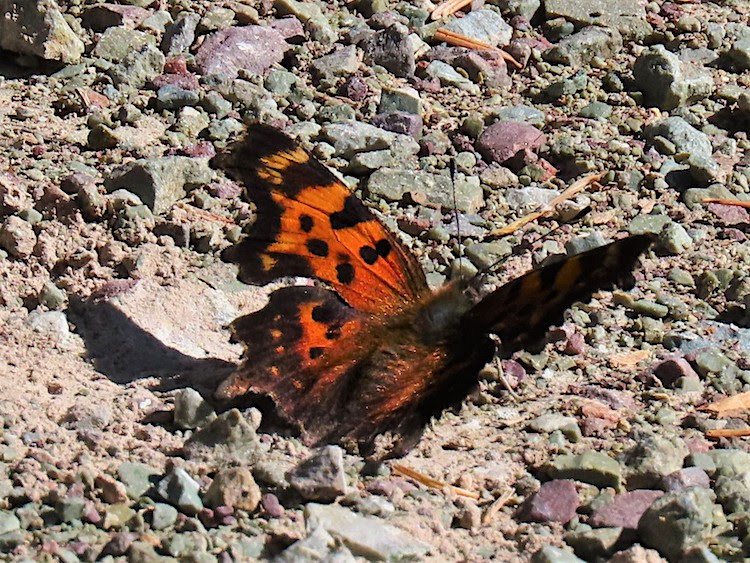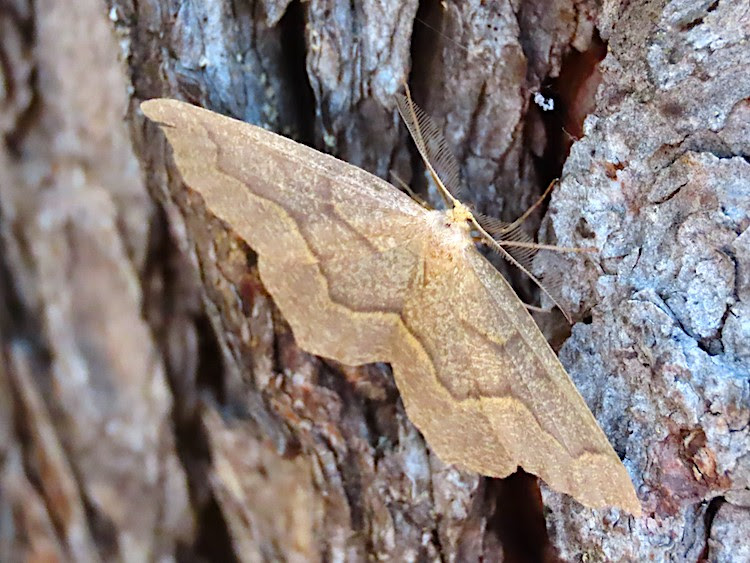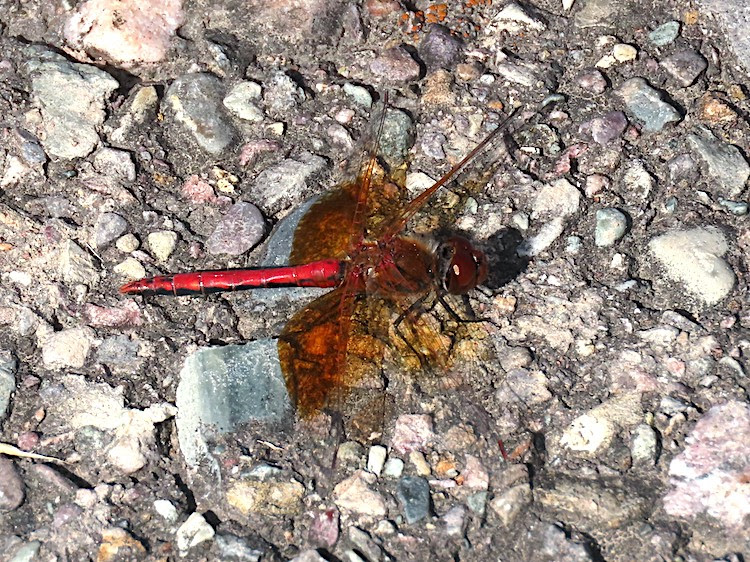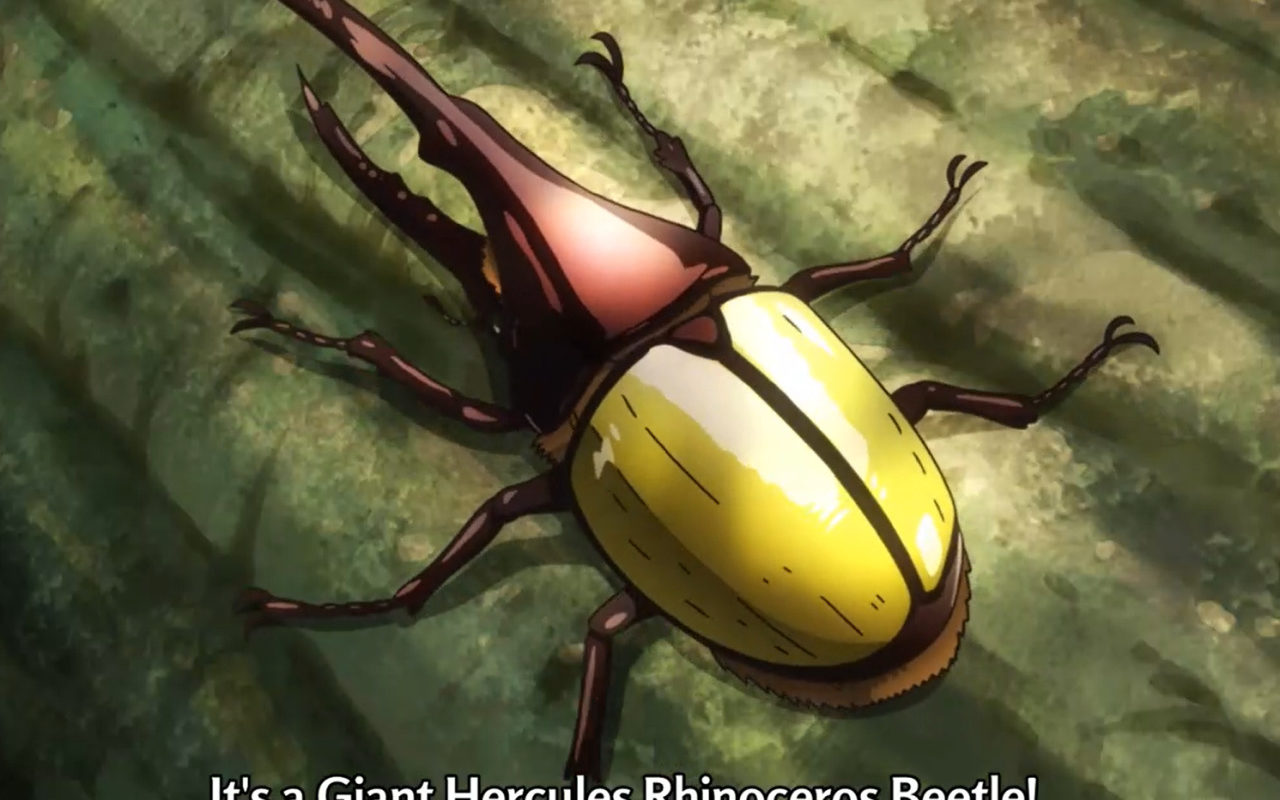Crescent butterflies (genus Phyciodes) are so-called for their crescent-shaped spot on the underside of their hindwing, but their intricate orange-and-black patterns on the upperside are more likely to catch your eye. These […]
Read MoreArticles by Misty Nelson
Half-black Bumble Bee (Bombus vagans)
The Half-black Bumble Bee (Bombus vagans) is a small to medium sized bumblebee with a wide distribution in North America, ranging across Canada and the Northern US. In the central […]
Read MoreAphids (subfamily Eriosomatinae)
Aphids (subfamily Eriosomatinae) are not easy to identify to the exact species. We believe these may be Blue Ash Aphids or Smokey-winged Ash Aphids. Similar to the swarms of Woolly […]
Read MoreSaffron-winged Meadowhawk (Sympetrum costiferum)
Saffron-winged Meadowhawks (Sympetrum costiferum) are one of the last species of dragonflies to be found still flying well into the fall. Males (pictured here) are all red with a thin […]
Read MoreLake Darner (Aeshna eremita)
Lake Darners are among at least 13 different species of darners that can be found in Montana. If you look closely, you can notice the deeply notched thoracic (side) stripe […]
Read MoreGreen Comma (Polygonia faunus)
Green Commas join at least 8 other butterfly species in Montana with the distinction of being hardy little insects. The Green Commas we are seeing now will overwinter in the […]
Read MoreHemlock Looper (Lambdina fiscellaria)
The Hemlock Looper (Lambdina fiscellaria), also commonly called the Mournful Thorn, can be found coast to coast in Canada and adjacent parts of US. Females lay eggs from late July […]
Read MoreBand-winged Meadowhawk (Sympetrum semicinctum fasciatum)
The Band-winged Meadowhawk (Sympetrum semicinctum fasciatum) is one of the easiest species of Meadowhawk to identify. Those reddish-brown “bands” or “saddlebags” on the wings are a quick identification clue. Their […]
Read MoreNotes from the Lab: Mushiking
Welcome back to the Lab! When Beatlemania swept across the planet in the early and mid-60’s, beetlemania was already alive and well in Japan, and had been for generations. Japanese children […]
Read MoreA False Owlet Moth (Ceranemota tearlei)
These handsome, medium-sized moths fly from late August to October in forest habitats, including higher elevation spruce-fir and mixed-conifer forests, lower elevation ponderosa pine forests, and quaking aspen forests. Caterpillars […]
Read More








